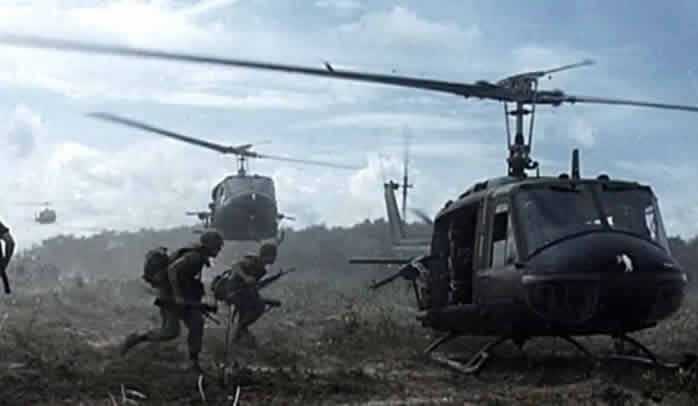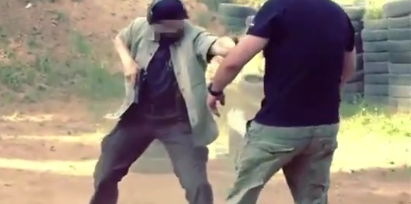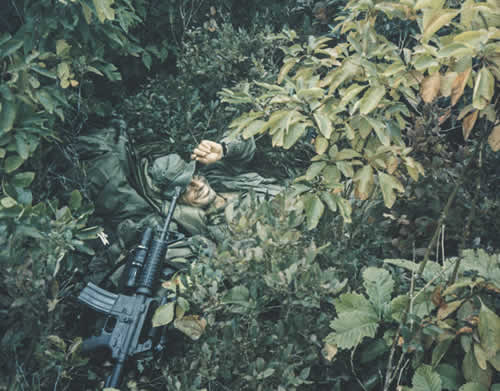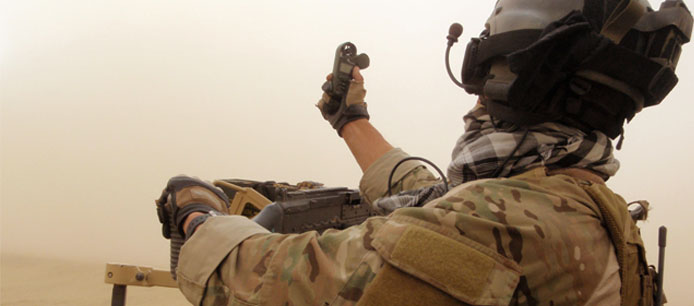Remembering the Battle of Dak To
Fifty-five years ago, the 173rd Airborne Brigade (Separate) fought in close quarters and uphill through deep foliage to take Hill 875 in what became known as the Battle of Dak To
Story by Craig Hodgkins and Photos courtesy of US Army, Wikipedia
The 173rd Airborne Brigade had already seen action before moving inland to South Vietnam’s Central Highlands in early November of 1967. This support included a role in Operation Junction City in the spring, as well as a search-and destroy (S&D) mission in the vicinity of Tuy Ho on the south-central coast.
The 173rd was assigned to Dak To after intelligence reports indicated that North Vietnamese Army (NVA) regiments had reinfiltrated the region after the termination of Operation Greeley in late summer. Just before noon on November 6, “D” Company, under Capt. Thomas H. Baird, was moving up a trail to Hill 823 when one of the men spotted an NVA communications (“commo”) wire running alongside the path. A white pith helmet was also located nearby, further confirming NVA presence.

At approximately 1 p.m., the trail widened and the soldiers came across fresh bare footprints. Although the 173rd had been in existence since 1915, it was restructured in 1963 as an airborne infantry brigade combat team, and members of the unit became known as Sky Soldiers. In the heavily forested hills and steep valleys near Dak To, however, they would fight on foot.

Nearby, as the “B” and “C” companies and the engineer platoon prepared to receive a battery on another knoll, “A” company’s recon squad moved out on S&D operations to clear the ridge to the west. Suddenly, moments after soldiers spied glimpses of NVA in the trees, they fell under heavy AK-47 fire, and the battle was officially on.
Over the next three-plus weeks, the 173rd would fight up and down the hill, with heavy fighting following on November 13, with B Company sustaining especially heavy casualties. The official “after action” report made special mention of the terrain where much of the fighting on the 13th and afterward had occurred.



Fighting continued through Veterans Day and beyond, and by November 19, American troops had finally begun the official assault on Hill 875. Sadly, this final push also resulted in one of the worst “friendly fire” incidents in Vietnam, when a Marine Corp fighter bomber accidentally dropped a 500-pound bomb near the American perimeter, killing 42 men and injuring another 45. By November 23, the 4th Battalion, which had remained engaged since the first discovery of the VCA commo wire, mounted a final assault on the hilltop of 875 alongside the 2nd Battalion.
Reaching the crest, they discovered that the VCA had abandoned their positions. The hill had been secured.
According to official reports, 376 U.S. troops had been killed or listed as missing-presumed dead and another 1,441 were wounded, in the fighting.

Vietnam War, and the helicopters are still in use today. (US ARMY)



